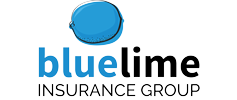One of the most important aspects of commercial property insurance is an accurate Total Insurable Value. A value too high means you are overpaying, and a value too low can be catastrophic in the event of a claim. To help you make informed decisions for your association, we have created this concise guide over what total insurable value (TIV) is and how to obtain an accurate TIV without increasing your liability.
What Is Total Insurable Value?
Total insurable value is the maximum dollar amount an insurance company will pay out towards a covered loss in the event of a total loss of covered property. Accurately determining the total insurable value when selecting an insurance policy is important because a total insurable value that is too low will result in incomplete coverage. In other words, the community association will not be awarded enough funds to fully replace the destroyed property.
Below, we explain two common methods for calculating the value of property: replacement cost and actual cash value.
Replacement Cost
The replacement cost method calculates the value of a covered loss as the price to replace the lost or destroyed property. This method for determining an item’s total insurable value is commonly used for buildings.
For instance, if the association’s clubhouse is destroyed in a fire, replacement cost valuation would look at what it would cost to rebuild the clubhouse and set that price as the building’s value. Then, the policy’s deductible is subtracted from the replacement price, and the result is the amount awarded to the insured.
So, if it would cost the association $300,000 to rebuild the association’s clubhouse, $300,000 would be the replacement cost value of the clubhouse. If the association’s insurance policy had a deductible of $5,000, the association would receive $295,000 from the insurance company to build a new community clubhouse if the clubhouse was destroyed by a covered peril.
Insurance policies that use the replacement cost valuation method typically have higher premiums than insurance policies that use the actual cash value method. However, replacement cost valuation will typically result in higher monetary awards in the event of a covered loss.
Actual Cash Value
Insurance policies that use the actual cash value method of calculating the total insurable value subtract depreciation from the replacement cost. The actual cash value method is more typically used for items inside or on a building, such as the roof, cabinets, or flooring.
For instance, if the clubhouse’s carpeting was destroyed by a covered peril, and its value was calculated using the cash value method, the insurance provider would first determine the replacement cost of the carpeting, then use the carpeting’s age to determine how much of its value remained.
Imagine that the clubhouse’s carpeting was installed two years ago, has an expected life of 10 years, and would cost $4,000 to replace. Over the past two years, the carpeting’s value has depreciated by 20%, which would translate into an actual cash value of $3,200. If the association’s insurance policy has a deductible of $500, then it would receive $2,700 to replace the ruined carpeting.
As shown, the actual cash value method would pay less for older, more depreciated assets. Policies that use actual cash value to determine the worth of property also typically cost less than policies that use the replacement cost valuation method.
How Should an Association Determine the Total Insurable Value?
To help ensure an objective and accurate calculation of the total insurable value of association property, it is highly recommended to hire a certified third-party vendor who is qualified to make this determination. For instance, some reserve study specialists offer valuation services, while other companies specialize solely in providing valuation services. If your association is having difficulty finding an appropriate valuation expert, your insurance agent may be able to offer recommendations.
However, a community association should not have their insurance agent calculate total insurable value as there is a conflict of interest and insurance agents are not qualified to calculate TIV. To compete with other insurance providers, an insurance agency may provide an inaccurately low total insurable value in order to offer a lower, more competitive premium, which would not serve the association well in the event of a loss.
The accuracy of the association’s total insurable value, as well as the valuation method used, can greatly impact how much an insurance policy will award for covered losses. If you have any further questions about how value is calculated for property insurance policies, reach out to your Blue Lime Insurance agent.
